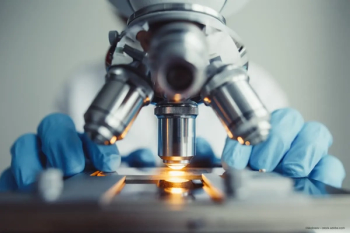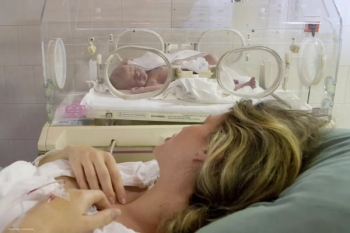
No severe complications with presbyopia inlay
Implantation of an intracorneal inlay (Kamra, AcuFocus) modified the normal structure of the corneal layer of the eye but did not cause severe complications in a recent small study.
Implantation of an intracorneal inlay (Kamra, AcuFocus) modified the normal structure of the corneal layer of the eye but did not cause severe complications in a recent small study.
Professor Jorge L. Alió, MD, PhD, FEBO, and colleagues discovered that keratocyte activation was the most common negative visual outcome in their study. Confocal microscopy helps assess corneal layer changes over time after the device is inserted, they said.
The researchers embedded one of three models (ACI 7000, 7000T and 7000PDT) of the inlay in 12 eyes of 12 patients and performed confocal microscopy to examine them 6 months later. During the follow-up period, they also looked at 4 more eyes of 4 patients in whom the device was removed.
In the eyes that received the inlay, mean epithelial thickness was 54.6 ± 22 μm. The investigators detected the subbasal nerve plexus in 10 patients.
The corneal nerves per unit area were 2.73 ± 2.1 sprouts/mm2. The scientists found the branch pattern in 8 patients.
The mean keratocyte density value was 540 ± 210 cells/mm2. The researchers found a low grade of keratocyte activation in all patients.
Among the eyes in which the device was explanted, the mean wound healing opacity was 1,092.75 ± 1,877.35 μm/pixel.
The authors said they have no financial or proprietary interests related to their study.
This study can be found in the
Newsletter
Get the essential updates shaping the future of pharma manufacturing and compliance—subscribe today to Pharmaceutical Technology and never miss a breakthrough.













































